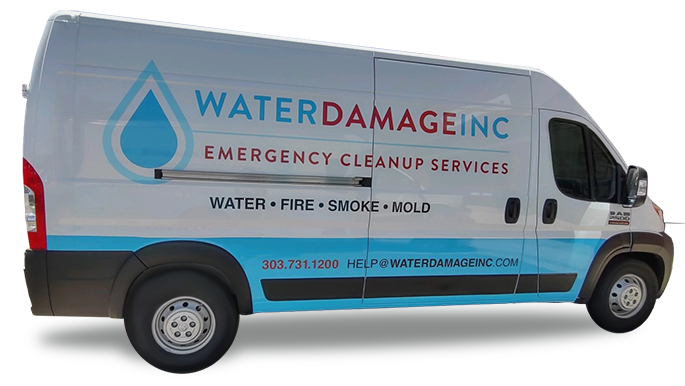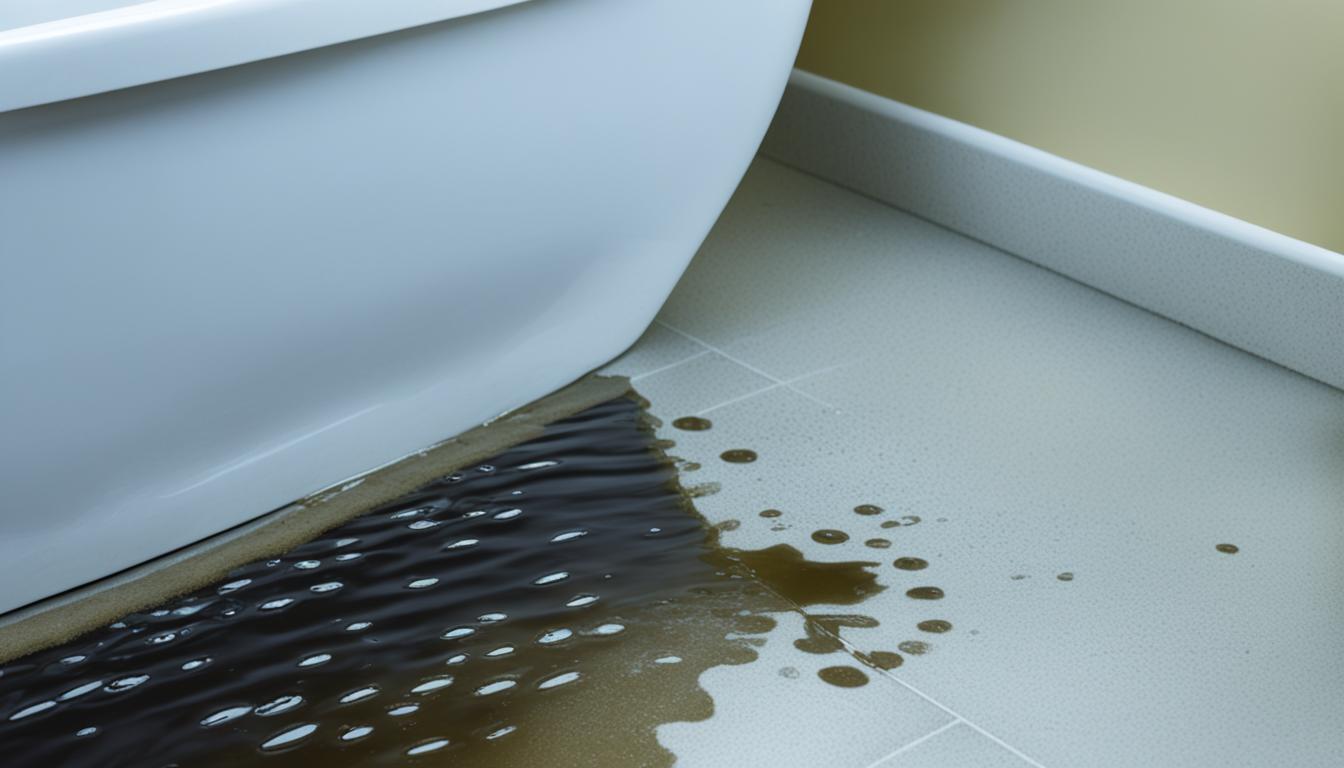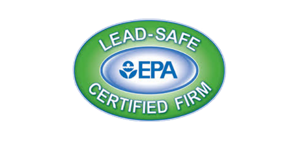Did you know that 37% of homeowners have faced water damage? A big part of this is bathroom flooding, often from clogged pipes or burst pipes. When your bathroom floods, you must act fast to avoid damage.
First, turn off the main water supply. Then, use professional help to fix the problem. This quick action can save your home from serious water damage and mold.
Key Takeaways
- Common causes of bathroom flooding include clogged pipes, burst pipes, and overfilled baths or toilets.
- Immediate actions such as shutting off the main water supply and turning off electricity are essential to prevent further damage.
- Use protective equipment like rubber gloves and eye protection during cleanup.
- Ensure proper air circulation with fans and dehumidifiers to prevent mold growth.
- Contact a professional restoration company for thorough bathroom flood repair and cleanup to avoid further issues.
Immediate Steps to Take
Bathroom flooding can occur suddenly due to burst pipes, faulty plumbing, or severe weather. It’s vital to act quickly to reduce damage and ensure safety. Here are key steps for both toilet overflow cleanup and bathroom flooding emergencies.
- Stop the Water Source: Find and turn off the main water valve right away. This is crucial for both burst pipes and toilet overflows.
- Cut Off Electrical Circuits: Safety comes first—turn off the electrical circuits to the flooded area to avoid electrocution risks.
- Wear Protective Clothing: Wear gloves, boots, and other protective gear before starting any cleanup to stay safe.
- Remove Standing Water Quickly: Use buckets, mops, or a wet/dry vacuum to remove water fast. Quick action prevents mold and structural damage.
- Enhance Air Circulation: Open windows and use fans to improve air flow, speeding up drying.
- Inspect Adjacent Areas: Look for water damage in nearby rooms, under cabinets, and beneath floorboards. Even small unnoticed damage can cause big problems later.
Regular maintenance and being ready can lessen the impact of bathroom flooding emergencies. It’s smart to check your plumbing regularly and install water leak detection systems. Also, having an emergency plan, keeping important numbers handy, and having emergency supplies ready will help you respond better to bathroom floods.
By taking these immediate steps for bathroom flooding, you can handle a toilet overflow or any bathroom flooding emergency well. It shows how important quick action is to avoid more damage and health risks from water damage and mold.
What to do if your bathroom is flooding?
Acting fast when your bathroom floods can really help. First, turn off the water supply to stop more water from coming in. This step is key to preventing more damage. It’s also important to find out where the leak is coming from.
After stopping the water, start cleaning up by removing as much water as you can. Use towels, mops, or a wet vac for this. Then, use dehumidifiers and fans to dry the area. Remember, mold can grow quickly in damp places, so act fast.
Check the damage to floors, walls, and things you own. Water can hide in places you can’t see, like drywall and flooring. Take photos of the damage for insurance. Call your insurance right away to start the process of getting help.
If the damage is bad, like from sewage, get help from experts. Companies like Water Damage Inc. have years of experience. They can remove water, fix damage, and check for mold.
Fixing the problem that caused the flood is also important. This includes unclogging drains and fixing faulty fixtures. Quick and thorough cleanup helps make your bathroom safe and usable again. These steps keep your home safe and in good shape.
Conclusion
Dealing with bathroom flooding is a common and frustrating issue for homeowners. It’s important to act fast to prevent more damage. Start by turning off the water and power supply.
Early action can stop mold growth and structural damage. Checking the toilet every six months can help avoid leaks and overflows. A clogged toilet is a main cause of bathroom floods.
Ignoring this can lead to over $5,000 in damages. Regular maintenance can save money and reduce the need for emergency repairs.
For those in the Denver, CO area, Water Damage Inc. is a trusted choice. Quick action and professional help are key to managing and recovering from these issues.






















